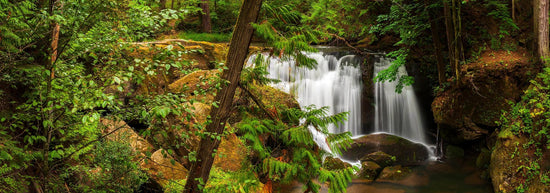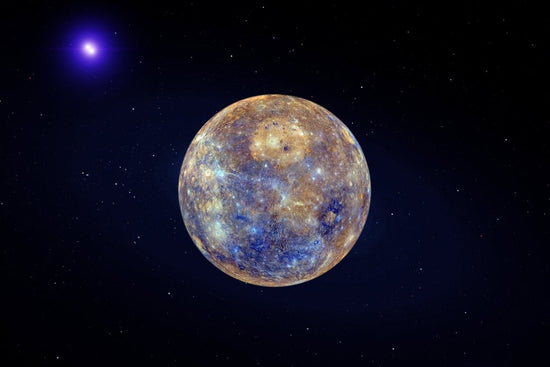Last week we explored the topic of environmental racism, dove into the history, and examined how these issues affect people in the United States as well as overseas. We talked about how sites for toxic waste and other hazardous facilities are often placed in poor communities of color. We looked at how residents in these places usually lack connections to decision makers, funds to hire legal expertise, and information about how such sites affect public health.
Now, we’ll take a look at the environmental justice movement and what’s being done in the mission to end environmental discrimination and the exploitation of these communities (plus, what you can do to help).
How did the environmental justice movement start?
Environmental justice is a movement that came about in response to environmental racism. The movement (often referred to as EJ), is now an international crusade that demands a safe, clean community and workplace environment for all people, regardless of race.
The EJ movement was born in Warren County, North Carolina back in the early 1980s. When the government chose the small, rural, predominantly Black town of Afton as the site to dump 6,000 truckloads of PCB-laced soil, locals were outraged. However, their concern that toxic chemicals would leach into drinking water supplies didn’t burden state officials.
When the trucks came in despite the community’s efforts to fight the decision, locals laid down in the streets to stop them. What followed ended up being six weeks of marches and nonviolent protests. While this wasn’t the first time that community members fought the government on an environmental injustice, it would be known as the first protest of its kind that garnered national attention.
In 1994, President Bill Clinton made history by signing Executive Order 12898, the Federal Actions to Address Environmental Justice in Minority Populations and Low-Income Populations. The order asked federal agencies “to promote nondiscrimination in federal programs that affect human health and the environment”. It was the first major federal action on environmental justice made in the United States.
Not only did this order shine some major light on the movement, it also started a ripple effect of policy actions throughout the states requiring agencies to adopt practices with environmental justice in mind. Before the president issued this order, only four states had a law in place concerning environmental justice. Today, all 50 states have instituted policies.
Still, critics of the order say it lacks substance, and undeniably little progress has been made to implement and enforce policies since then. Nearly 27 years later, many low-income communities and people of color are still overexposed to hazardous waste, air pollution, and other health-threatening environments.
Environmental justice in action today

The father of environmental justice, Dr. Robert Bullard
In 2021, we have many groups and individuals working to bring an end to environmental racism. There’s people like Dr. Robert Bullard, known as the father of environmental justice, and Devon Hall, founder of the nonprofit REACH in North Carolina. The work done by these people has helped spread public awareness of the issues, but we ultimately need to get the government on board. As so much of the problem lies in deep systems, in order to make a big impact we need top-level changes.
Thankfully, after decades of vague promises, we’re finally beginning to see a real shift. Last year, the “Environmental Justice For All” act was signed. Federal courts ruled against the EPA for its failure to complete civil rights investigations and required that the EPA respond in a timely manner to civil complaints in the future.
Last month, the Biden Administration announced that it would be working aggressively to fight environmental discrimination. Among several executive orders Biden signed, he pledged to put 40% of the benefits from federal investments in clean energy to the communities that carry these environmental burdens.
Although government promises for environmental justice have been broken many times before, one thing about President Biden’s plan that sticks out is the people he’s hired to work on them. He has Cecilia Martinez working on this project, an environmental justice researcher and founder of a group that works with communities disproportionately affected by pollution. And his nominee to run the EPA would be the first Black man to lead the agency. Hopefully, having experts in the field who understand the needs of these communities will forge a connection that was missing from past attempts to create change.
Still, there’s a lot of vague language used around these goals, and deciding how to move forward is complicated. How do you decide which communities most deserve the money? And what constitutes a benefit for them? In the past, “solutions” provided haven’t always come to benefit the actual community they’re supposedly serving.
So when we ask the question, ‘how do we end environmental racism?’, there’s no simple answer. We must eliminate practices such as redlining and mortgage discrimination. We’ll need to find ways to close the racial wealth gap in this country. And we need large regulatory agencies like the EPA to follow through on civil rights investigations. People deserve the ability to safely speak up, and to actually be heard.
What can we do as citizens?

Leah Thomas, founder of the Intersectional Environmentalist
While the path to victory is long and daunting, it’s the individual citizen that will make all the difference. In order to shatter old paradigms and shift policy, we the people must demand it. The way we see it, environmental justice can be achieved in these steps:
- Learn. The first step is to become aware of the issues and get to know the systems that prevent change. Educate yourself and those around you. Do your research. Learn more about redlining and the racial wealth gap. Get familiar with resources like the Intersectional Environmentalist and Climate In Colour, led by people of color who are working to make a difference. Ask questions.
- Stand up and speak out. Speak out against injustice. Use whatever platform you have. Encourage others to share their stories. Protest against unjust policies. Help people advocate for themselves.
- Hold elected officials accountable. Follow your elected officials’ voting patterns. Find out how to contact them. Show up to community events.
- Support socially-equal policies & organizations. Organizations like Green For All and WE ACT are working to help low-income communities of color fight harmful environmental policies and raise the voices of the people who are affected by them.
- Use your power. According to Public Justice, some of the most significant environmental victories were spurred by citizens standing up against polluters. Organizations like theirs exist to help the Davids of the world fight the Goliaths. We can also champion Green Amendments in state constitutions, a way to mobilize constitutional change at the state and federal level.
Feature image from Clean Air Carolina of citizens laying in the streets of Afton, NC to protest the dumping of PCBs into their neighborhood.






1 comment
" Learn. The first step is to become aware of the issues and get to know the systems that prevent change."
THANK YOU for helping us with this important first step. Knowledge IS power – the power to change our own perceptions and beliefs so that we can help each other make positive change where it’s needed. Even the tiny steps lead somewhere….